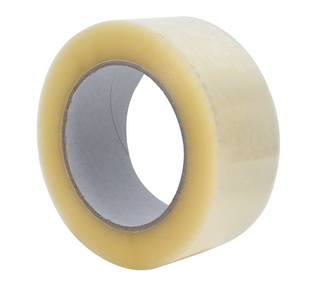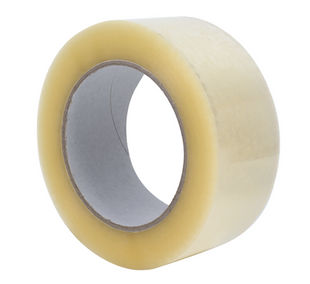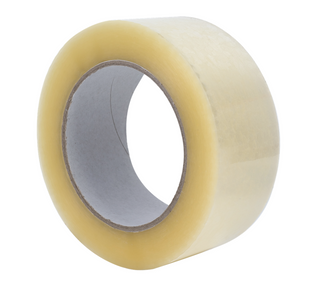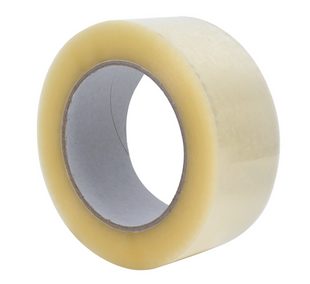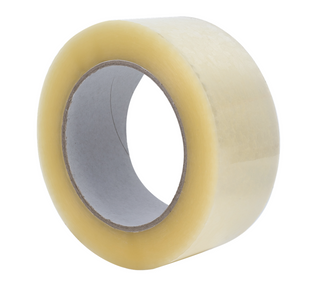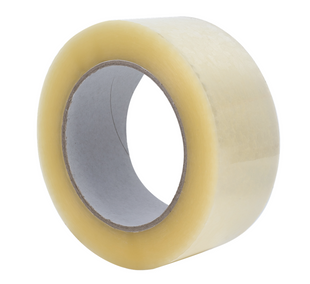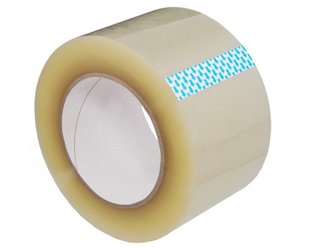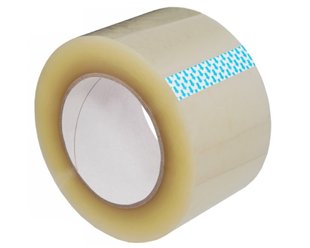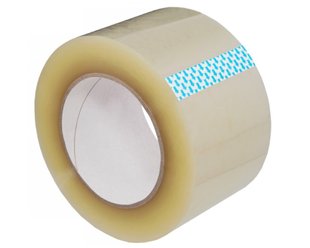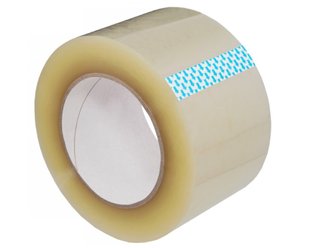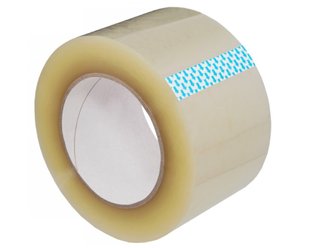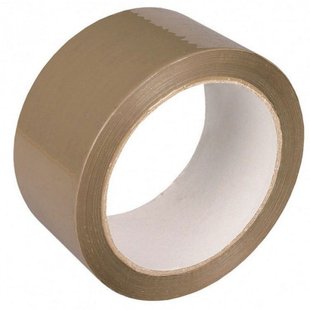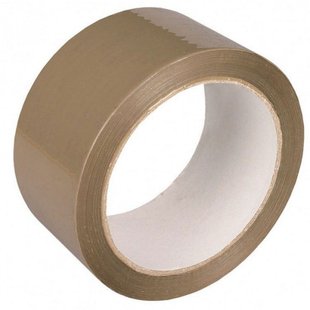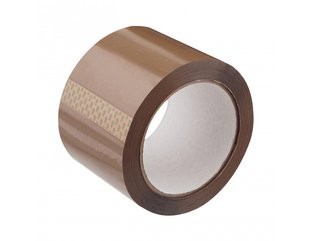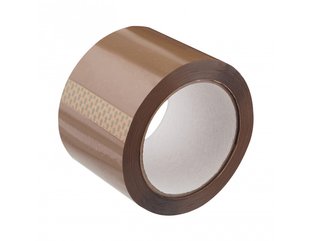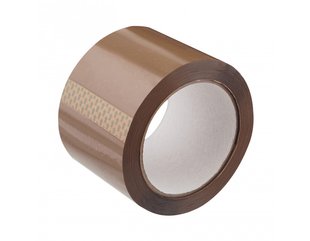|
Quantity
|
Total
|
||
|
|
|||
Packaging of goods plays an important role in modern business, since the quality and reliability of the packaging determines the preservation of the product, its appearance and even brand recognition. The modern market of packaging materials offers many solutions, each of which has its own advantages. In this review, we will consider the main types of packaging materials, their properties and advantages of use, as well as how they can help enterprises optimize the processes of packaging and transporting goods.
DUCT TAPE WITH LOGO
Duct tape with logo is a modern version of the usual packaging tape, allowing brands not only to secure the cargo, but also to advertise their product at the same time. The main feature of tape with a logo is the ability to apply any graphic design to its surface, most often a logo or other elements of the company's identity.
Advantages of duct tape with a logo:
1. Unique design: the ability to apply any image to the duct tape allows brands to emphasize their uniqueness and distinguish their products from competitors.
2. Protection against counterfeiting: Branded tape serves not only for aesthetics, but also helps protect products from counterfeiting, since the packaging of packages sealed with such tape becomes obvious.
3. Additional advertising: any packaging with a brand logo is a kind of advertising that accompanies the product at all stages of its transportation.
4. Strengthening the image: The use of high-quality packaging duct tape increases consumer confidence in the brand, since it shows the company's attention to detail.
DUCT PACKAGING TAPE
Traditional duct packaging tape is a universal material for sealing boxes and packaging various goods. It is indispensable in various industries, in particular in logistics and manufacturing.
Types of traditional duct packaging tape:
1. Transparent duct tape: Its main advantage is invisibility, allowing you to preserve the appearance of the packaging without additional interference in the design of the product.
2. Brown duct tape: used for reliable packaging, especially with heavy loads. It is often indispensable in logistics companies.
Advantages:
- Securely fixes the load.
- Resistant to external factors.
- Easy to use, suitable for manual and automated packaging.
STRETCH FILM
Stretch film is a material widely used for wrapping and fixing loads on pallets. Due to its ability to stretch and then shrink again, stretch film provides reliable packaging and protection of goods during transportation.
Advantages of stretch film:
1. High strength: The film can withstand significant loads while maintaining its protective properties.
2. Protection from damage It reliably protects the load from mechanical damage, moisture and dirt.
3. Transparency: Allows you to see the contents of the package without having to unpack it, which is convenient for storage and transportation.
4. Cost-effectiveness: Stretch film is affordable, which makes it a popular choice for businesses of all sizes.
Types of stretch film:
- For manual packaging: used for small volumes of products, easy to use without additional equipment.
- For machine packaging: Suitable for large enterprises where the packaging volumes are significant.
POLYETHYLENE FILM
Polyethylene film is a durable and waterproof material that is used in various industries, including construction. This type of film is distinguished by its resistance to chemical influences, gas and moisture penetration.
Advantages of polyethylene film:
1. Elasticity: The film is able to adapt to the shape of the goods, providing tight packaging.
2. Waterproof: Protects products from moisture and other external factors.
3. Availability: Polyethylene film is inexpensive and widely available on the market.
Types of polyethylene film:
- Transparent film: Used for general packaging needs.
- Greenhouse film: Used to protect plants in greenhouses, has UV stabilization.
- Black film: Used in construction and agriculture to create light-impermeable barriers.
POLYPROPYLENE STRAP
Polypropylene strap is a packaging material widely used for strapping and securing cargo. It is made from synthetic polymers, which gives it exceptional strength and resistance to loads.
Advantages of polypropylene tape:
1. Strength: Can withstand a load of up to 500 kg.
2. Safety: Does not damage the goods and their packaging when strapping.
3. Cost-effectiveness: It is lighter and cheaper than steel analogues, but at the same time is not inferior to them in strength.
POLYESTER STRAP
Polyester strap is made of polyester, which provides high strength and reliability for use in both automatic and manual strapping machines. The main advantages of the strap:
- Delicate strapping, preventing damage to the goods.
- High tension force, maintained over time.
- Stability of the package, even if the cargo changes shape during transportation or storage.
One of the main advantages of PET straps is their ability to stretch without changing the width. This allows you to securely fix the goods without the risk of damage, even if the shape of the package changes during transportation. High tension force guarantees the preservation of the original shape of the cargo. These straps can be used in both automatic and manual packaging machines, ensuring the stability of the cargo in temperatures from -15 ° C to + 70 ° C.
METAL STRAP
Steel straps are ideal for packing heavy and bulky goods that require additional protection. Made of low-carbon steel, they withstand significant mechanical loads, temperature fluctuations and high humidity. Additional settings, such as anti-corrosion coating or heat treatment, increase their resistance and durability, making the straps suitable for use in extreme conditions.
CLAMPS AND BUCKLE WIRES
Galvanized metal clamps and buckle wires provide reliable fastening of polypropylene (PP) and polyester (PET) straps. They create a strong connection thanks to a special tool that forms a reliable "lock". Galvanized clamps also have high resistance to corrosion, which makes them durable even in high humidity.
CARDBOARD CORNERS
Cardboard corners are used for additional protection of goods during transportation and storage. They can be produced in different sizes, in particular with a length of up to 6000 mm and a thickness of 2 to 5 mm. The width of the angles varies from 35 to 80 mm, depending on the specifics of the cargo and the conditions of its transportation. Cardboard angles are often used to stabilize cargo on pallets. Recently, plastic angles have also become popular, which provide even greater fixation, although their higher cost does not yet allow them to completely replace cardboard analogs.



